With AFI and USC dominating this year’s seven finalist slots, this year’s batch of Student Academy Award nominees continue to highlight a diverse, colorful blending of genres from filmmakers of all walks of life. Whether feminist dystopian sci-fi or electrically choreographed musicals, there’s something here for everyone, and it shows in the backgrounds of each of these talented directors. In this interview series, Film Section Editor Sergio Zaciu sat down with all seven finalists of 2019’s Narrative – Domestic section, hoping to learn more about their personal backstories, what brought them to the director’s chair, how they made their respective films, and what exciting prospects await them next in their careers.

AFI hit the Student Academy Awards like a wrecking ball this year, racking up five out of the seven finalist slots in the Narrative – Domestic section. Among them is Jeremy Merrifield’s BALLOON, a wildly inventive spin on the superhero genre. Following the pivotal days in the life of a boy who discovers his untapped superhuman abilities in the wake of a traumatic bullying experience, BALLOON isn’t so much a Marvel film as it is a character study about a boy finding a unique sense of empowerment. As such, Merrifield’s film is as much a critique on the current state of the superhero genre as it is a celebration of the medium, using impressive visual effects and a talented child actor to deliver a subversive spin on the hero narrative.
So before jumping into the specificities of your project, I wanted to ask what your relationship is with the superhero genre, and how you feel about the current slate of these films?
I am a super geek. I have seen my fair share of them. Pretty much all of them. But I have mixed feelings about them. I love every genre and am not discriminatory about them, but I think the one thing that I worry about with superhero movies is what we’re teaching our boys. Superheroes are role models. Much like princess culture was damaging to girls, I worry that superhero culture is damaging to boys—teaching them that they can punch through their problems.
So what’s your backstory? What got you into filmmaking?
I was born in St. Louis. We lived all over and wound up in Florida, where my parents quit their white-collar jobs and took up jobs in the commercial fishing industry. I grew up in that community and then moved to New York and got involved in the Broadway community. I worked there for the past 15 years. I started as an actor and then worked in casting and production offices. I did some directing and producing as well. But I always wanted to make movies. Growing up we never had a video camera, so my brothers and I would always just imagine we were making a movie. And I guess that’s where theatre comes in; making movies without a camera. But it was a friend and producer of THE BOOK OF MORMON who was an AFI alumni that suggested I apply and just make a bunch of movies in a two-year timespan.
At what point in that experience did you decide that you wanted your thesis film to be a superhero film?
So I had a memory growing up in junior high where the school did a balloon release. The idea was we would tie these index cards to the balloons and send them off in hopes that we would get a pen-pal. I never got a pen-pal. But over time I would have this dream of me flying away, just like my balloon, and ending up on an island of misfit toys. And I eventually did exactly that: I moved to Manhattan! At the same time I was writing the script, the Harvey Weinstein story broke, Bill Cosby was in court, Tom Brady was involved in the Superbowl “deflategate” scandal, and the nation’s gun problem was at a fever pitch—and still is. The question I had was “how do so many boys grow up to exhibit such toxic behavior.” And at the same time, we were baraged by these superhero movies. So, all that came through under one roof, and that’s how BALLOON came to be!
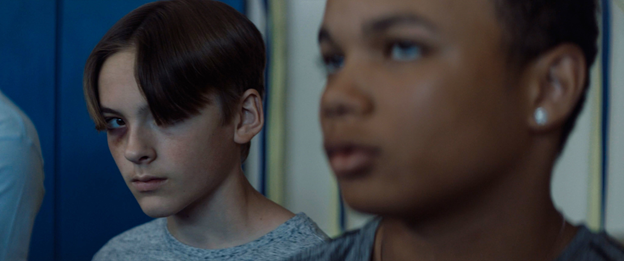
Wow, that’s an awesome way of articulating that. When you dove into the writing process, did you write that on your own or with a co-writer?
I brought co-writer Dave Testa after I had a few drafts down. Once production was hairier, it was great having him. I just love other people’s opinions. And so we really got the whole team involved in this. After all, we were in school, and nobody was getting paid to make this film. In fact, everyone was technically paying tuition or volunteering to make it. So we wanted everyone to be equally invested in the project. The whole team became kind of like a writer’s room.
So your team was built predominantly by AFI students. Can you talk a bit about your producer and your cinematographer?
So I knew I wanted to work with two people who I had worked with from New York. One was a producer, Kyle Chamus, and the other was a production designer, Jerry Marsini. At AFI, I also had a really strong idea of who I wanted on board, bringing on filmmakers who I had worked with before, including lead producer Christina Cha, cinematographer Frances Kroon, and editor Bowei Yue. And so I wanted to think of a project that was the best fit for the group.
That’s interesting, you wanted “the project to be the best fit for the group”?
Yeah. Let’s say you’re a great sketchist and are great at doing daffodils. It’s not really helpful if I want a rose. I have this talented daffodil painter in front of me, so I should adjust my project to accommodate that talent.
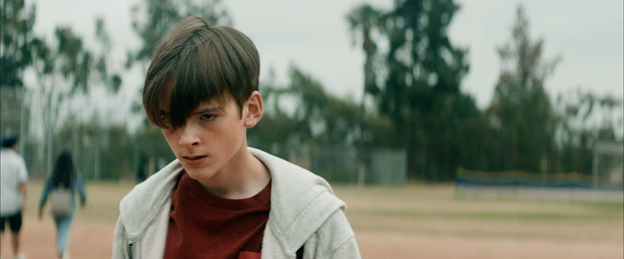
Right, that’s what’s being provided to you.
Exactly. That’s kind of the nature of creativity, right? We’re just combining the elements we have to make something original. The team you build is a big part of that!
And you had worked with your cinematographer before?
Yes. I love her and I had worked with a lot of the team before and they really do feel like family.
So what’s the process of determining the visual language of a film like BALLOON? Superhero films have very established visual traits (both from comic books and the current slate of superhero movies), so how do you decide when to lean into that or how to go against that grain?
There’s a lot of theory that went into why we chose the visuals we did, but ultimately we wanted to tell a story about a kid who finds himself caught in a superhero movie. We wanted to focus on what it felt like to be this kid, not what was expected of the genre. I don’t think the experience, on his end at least, felt like a Marvel movie. It was more like psychological horror! Also, for the audience, there is something ever-so-slightly nostalgic about experiencing a coming-of-age film. So there were a few obvious ideas we were drawing from in terms of emotion. I also knew I wanted to shoot anamorphic and just isolate the kid within these spaces as much as possible. We didn’t have a huge budget and wanted to take advantage of the look of these lenses to sort of help us sell the world a little bit. The film is certainly about empowerment. We teach boys that empowerment is about physical power. We say “more power to you, man”, and what we mean is “we hope you have a big stock portfolio, employees, and power over people,” and there’s a whole color theory that comes with that experience, which is very lonely and isolating. So we play into these cold blues. And the film’s green tones and earthier tones would then represent more of a spiritual empowerment. Something more vulnerable and open. There’s a lot of theory to our choices. Every detail has details. It’s fun and gives you an operating logic to work with.
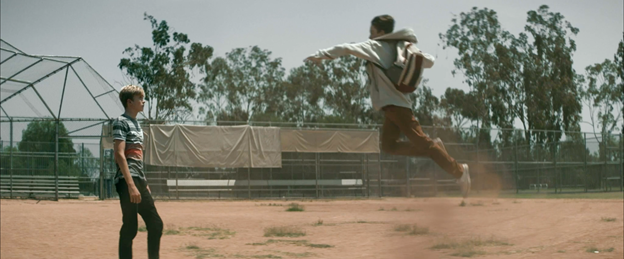
How did you cast your lead actor?
I had worked in casting in New York, and when I started casting this I asked for some referrals from some old casting director friends. We found this incredible, Emmy-nominated casting director, Debby Romano, who brought in this whole slew of talent that we certainly wouldn’t have had access to otherwise. And so as soon as we saw Jonah Beres, we knew he was special. When you call action, he doesn’t immediately feel forced to do anything. He just waits to get in his space and then goes once he’s ready. He’s just no good at forcing it. He’s hopelessly authentic—which is a great quality in a film actor.
How many shooting days did you have?
It was six shooting days and then we had two additional days, mostly for VFX-related shots.
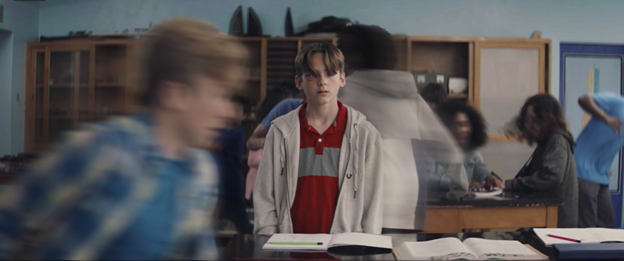
Got it. And did you and your cinematographer use any visual references along the way? Maybe pre-existing films that helped guide you?
We had a lot of visual references, but most of them were fine art. Some manga and anime. Certain photographers. But I don’t think there were any specific films. It’s been a while, but I don’t think so. It wasn’t really our dominant focus. I guess I just like to prepare my team well enough so that I don’t have to use the shortcut of using someone else’s art as reference. And sure, that’s what we do, but if you want to create something nobody has seen before (whether we accomplished that or not is up to the viewer), then you have to really create a vibe between the team to dream something up together. So I guess I try to stay out of being too prescriptive. But at the same time, we also did storyboard the whole film and showed it to the whole team so that everyone knew what we were getting into, as opposed to surprising half the team on set with what the plan is.
I imagine that a large part of the storyboarding process was about the VFX shots?
There’s like 60 visual effects shots and three major stunt sequences. And since AFI is still ultimately a school where each member has their own graduation requirements, not everyone was always able to be at every meeting. So it really helps to do as much as you can do to get prep materials to articulate what was said in the meetings if somebody missed it. Boarding includes traditional storyboards, but also detailed floor plans of every setup. Like the gym scene, where we had two scissor lifts, two cranes, and jibs. There were so many moving pieces, and when you’d change setups, people would just run into each other. With only six days to shoot, every minute counts, so you have to plan not just for the images you’re capturing, but the traffic paths everyone is going to take as we move setup to setup.
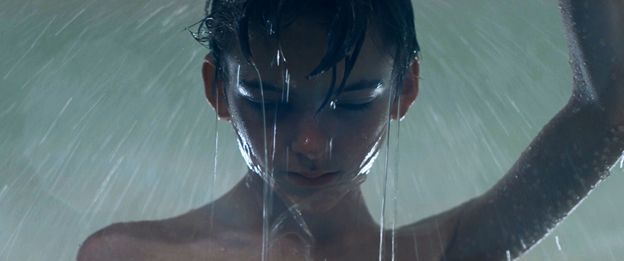
After the film was completed you had your festival run?
After we first finished the film we didn’t get into any festivals. At first we panicked, but then we got into Palm Springs and the other festivals followed soon after. Now we won the Grand Prix at Hollyshorts and qualified for the Oscars and have a slew of screenings lined up. Next up is New Orleans where we’re screening with JOJO RABBIT!
Do you have a feature idea planned or something else you’re working on?
Yes. BALLOON was always based on a feature idea called SPIRIT WEEK, which focuses on that one week leading up to the homecoming football game. It’s a totally wild American high school tribal ritual. Before the big gladiator match, you have all these themed days: you got superhero day, gender-bending day, and so on and so forth. It’s such a crazy, weird week where everything becomes LORD OF THE FLIES and there’s just chaos all over campus. And so the feature has a similar arc to the short, but is just a larger story that covers that entire week.
And is that an idea you’re shopping around now?
Yeah, along with a couple other features too. I got one called THE SUNSHINE based on another short I shot. It’s the story of a teenage daughter of seventh-generation commercial fisherman trying to help her father get their family boat back. It’s told through her eyes and addresses how climate change is affecting a working class community, so it’s kind of a disaster movie, but not in the big Hollywood sense, much the same way that BALLOON is a superhero movie.
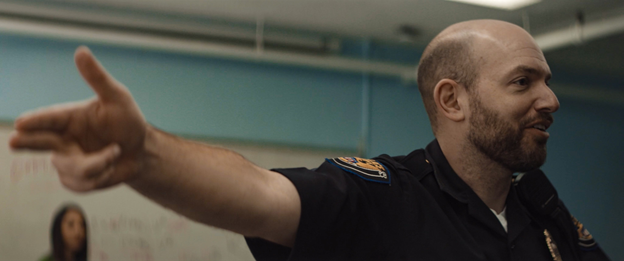
So my closing question would be: if you were to direct a superhero movie that’s a pre-existing IP, do you have a preference?
I grew up loving DC Comics. I love my Superman so much, and I think it’s really lost its way in our culture. He needs a proper do-over! I also love Spider-Man and love what they’re doing with him right now. I think Jon Watts is doing a really great job—and Tom Holland is brilliant in the role! This last one is such a cool way to deal with teenage anxiety and what it’s like being told by the media that the world is going to end. I thought it was very clever and a fun ride!
Any thoughts on these superhero TV shows that are popping up on Amazon like THE BOYS, or the one on YouTube Red, WAYNE?
You know, somebody told me about WAYNE recently, but I haven’t had a chance to see it. But as far as TV shows go, I think it’s a great thing for the superhero genre, because we often discount these films since they’re missing some human dimension. And I think serializing it certainly helps fix that problem. I think JOKER is another example of a superhero film trying to dimensionalize a comic book character, by getting an amazing actor to do something new with a classic villain for this generation. And I guess TV shows do the same in general. Like GAME OF THRONES did that for the fantasy genre by giving us these really rich characters and conflicts that weren’t so black and white. And I think that’s why we all followed it for so long, because we cared about the characters.
Awesome, thank you for talking to me!
Of course. Thank you!
Catch BALLOON at the festival circuit and keep your eyes peeled for more of Jeremy’s work in the future!


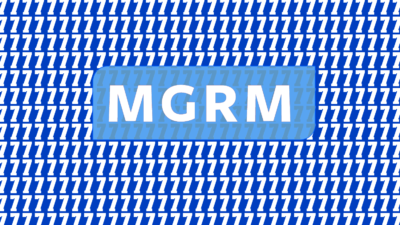
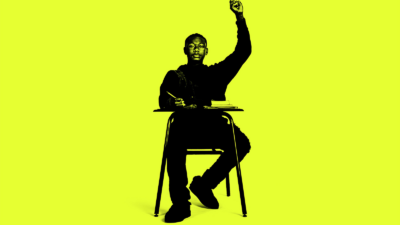

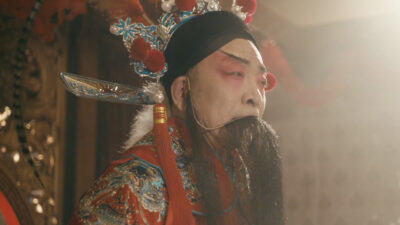
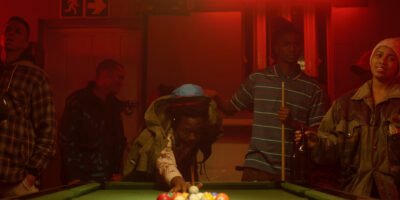
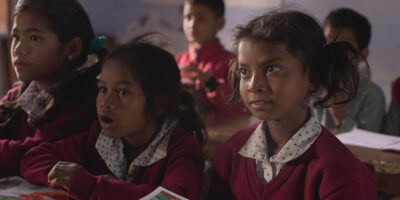
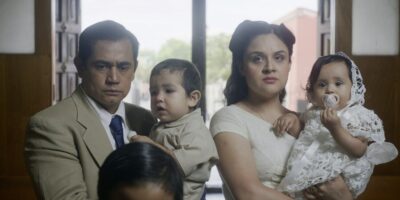
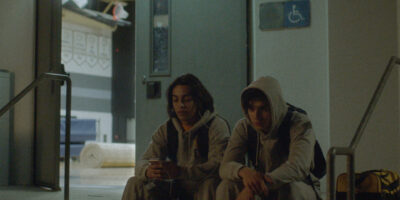
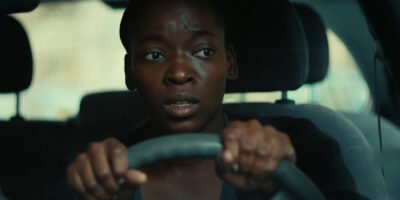
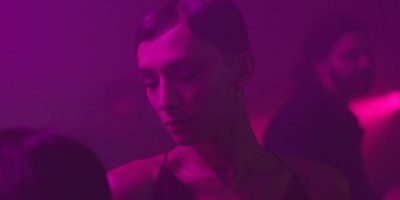
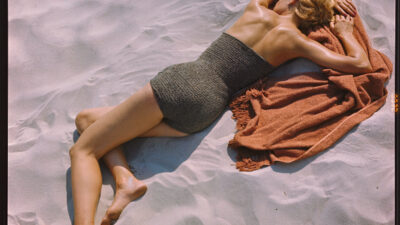
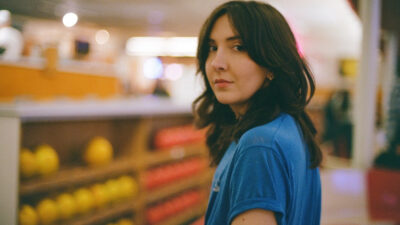

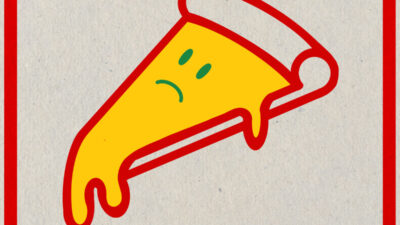
Comments